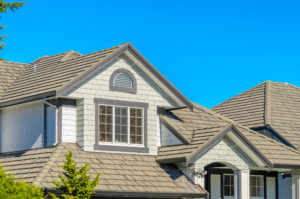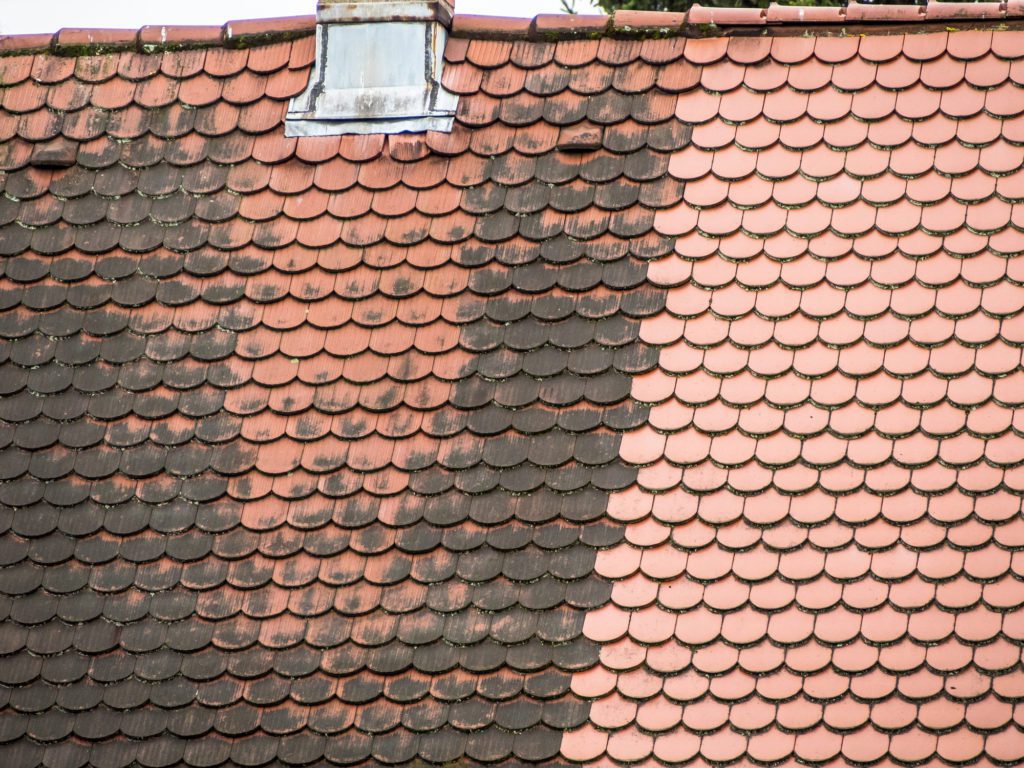

Are you noticing dark spots on your roof? Is there a nasty smell coming from the attic? It could be a sign you have a moldy roof.
Mold thrives in moist places like wood and drywall surfaces. Areas that receive heavy rain and snowfall are at greater risk of potential mold damage on roofs.
Residential property roofs can have a lifespan of up to five decades when maintained. Roof mold poses health hazards and is a costly problem for homeowners.
Don’t fall victim to this infectious toxin. Keep reading to learn how to identify roof mold so you can prevent the spread!
The most common way to identify mold is its smell. Like spoiled food from your fridge, a mold infestation will give off a rancid odor. Even if there are no visible signs of mold growth, the smell can be the first sign of a potential problem.
If the smell is coming from your attic, there’s a good chance you have a moldy roof.
The quickest way to identify roof mold is by looking for signs of water damage. Discoloration or dark spots along the wall or ceiling will show where water is sitting. If your roof leaks because of poor installation, ice dams, or damage to the structure, it’s best to get it fixed fast.
The more water coming in, the more it can get absorbed into the wood and walls of your home and cause mold to spread. Mildew or algae growth along the walls or ceiling is also a sign. While they won’t cause the health problems that mold will, they can be signs of a leak.
If left untreated, you will find yourself with roof mold.
Water damage leads to rot, which can identify roof mold. Check if the paint around your dormer windows is peeling. Or if there are cracks and blisters along the walls and ceiling.
This is a sign that water has seeped into your foundation and roof mold is on the way. You can also look for discoloration on wood posts, ceilings, and support beams.
Mold can be in a variety of colors. It isn’t always green with white fuzz. It can look like soot or dirt that’s black, gray, or brown. Black mold is especially hazardous and requires professional excavation.
If you notice the start of mold growth on any non-porous wood surfaces, you can use borax to clean it. Household items, like hydrogen peroxide, are also effective mold killers.
Mold is persistent, so if you notice a patch on your roof, you should contact a professional to do an inspection. You likely have a full-grown moldy roof.
Nasty odor, leaks, and any discoloration in your home can identify roof mold. Leaving it untreated can harm your home, health, and wallet.
The Roof Guys are here to help with all your roofing needs. Our experts are well-trained, knowledgeable, and ready to provide you with quality service.
Contact us today for a free quote and say goodbye to your moldy roof!